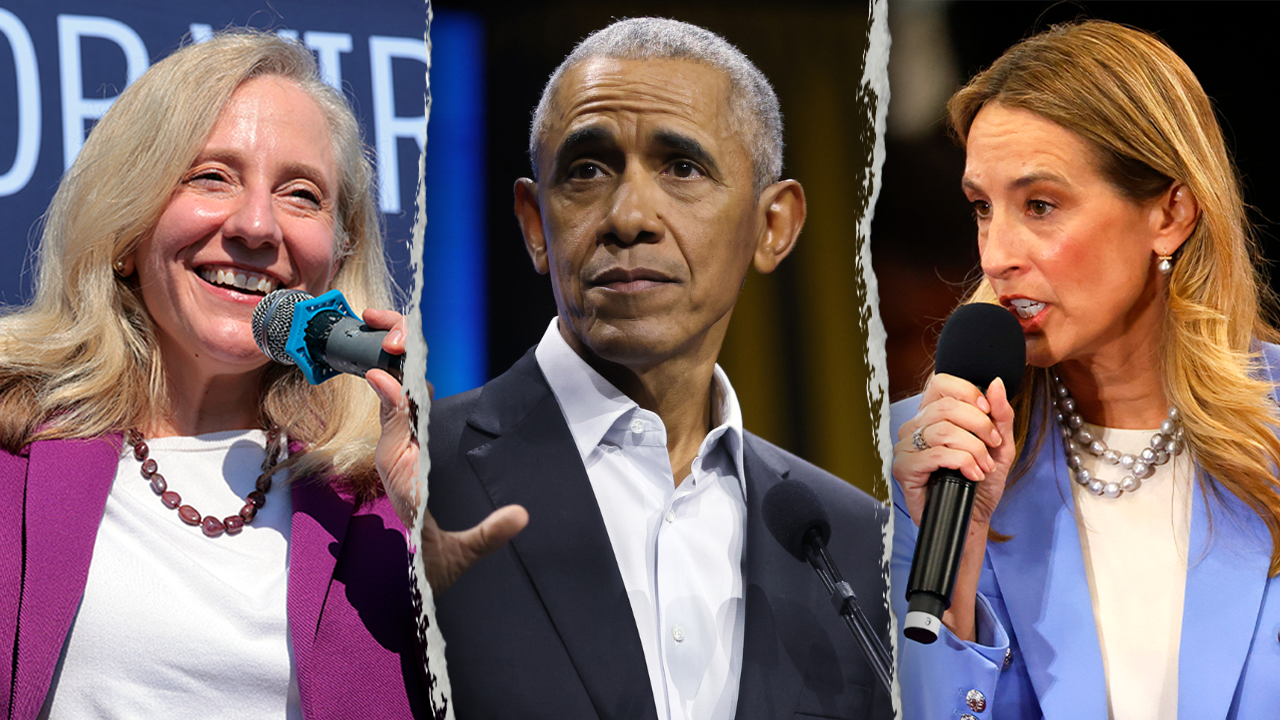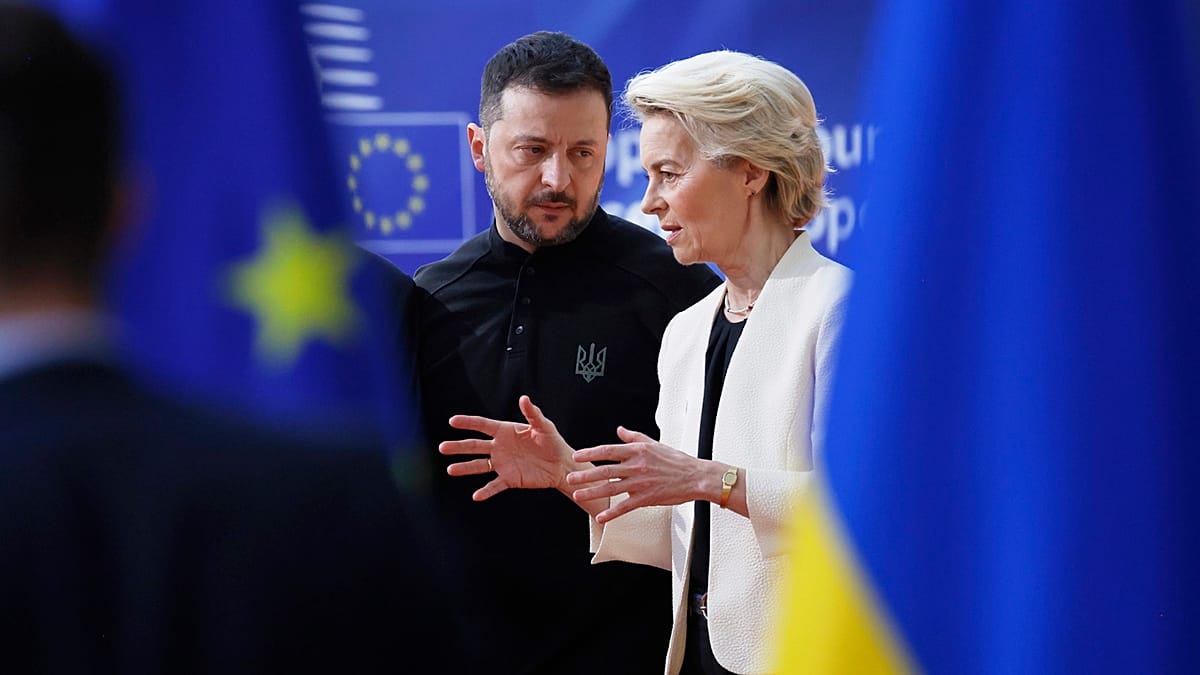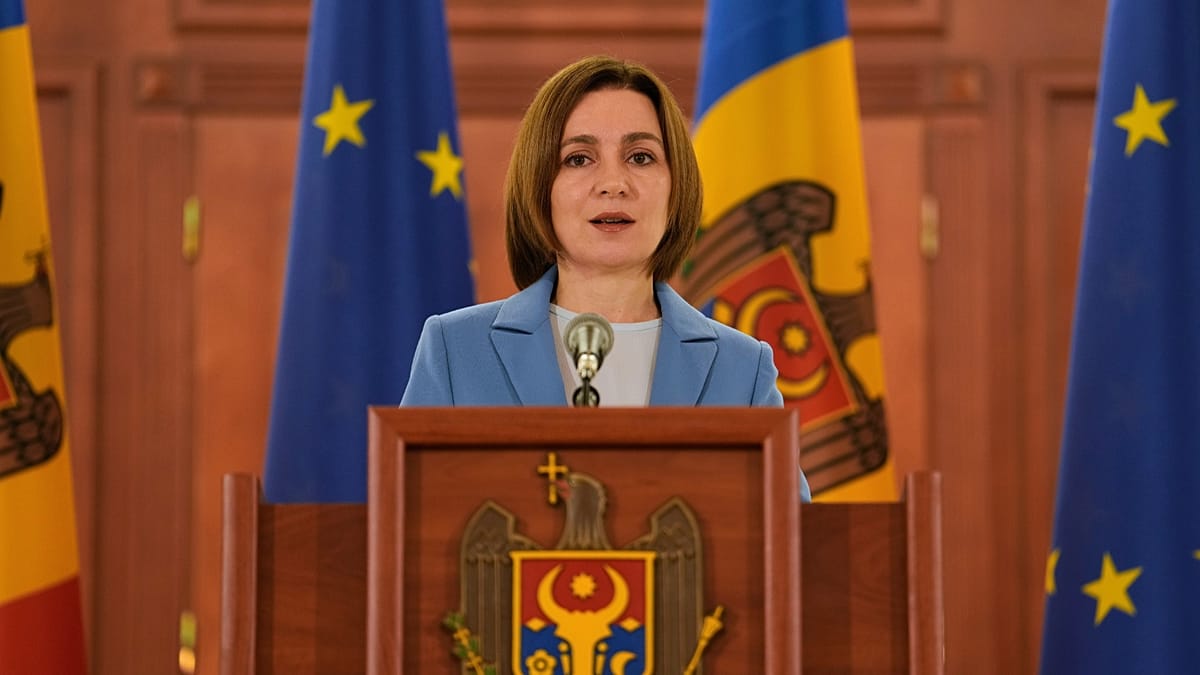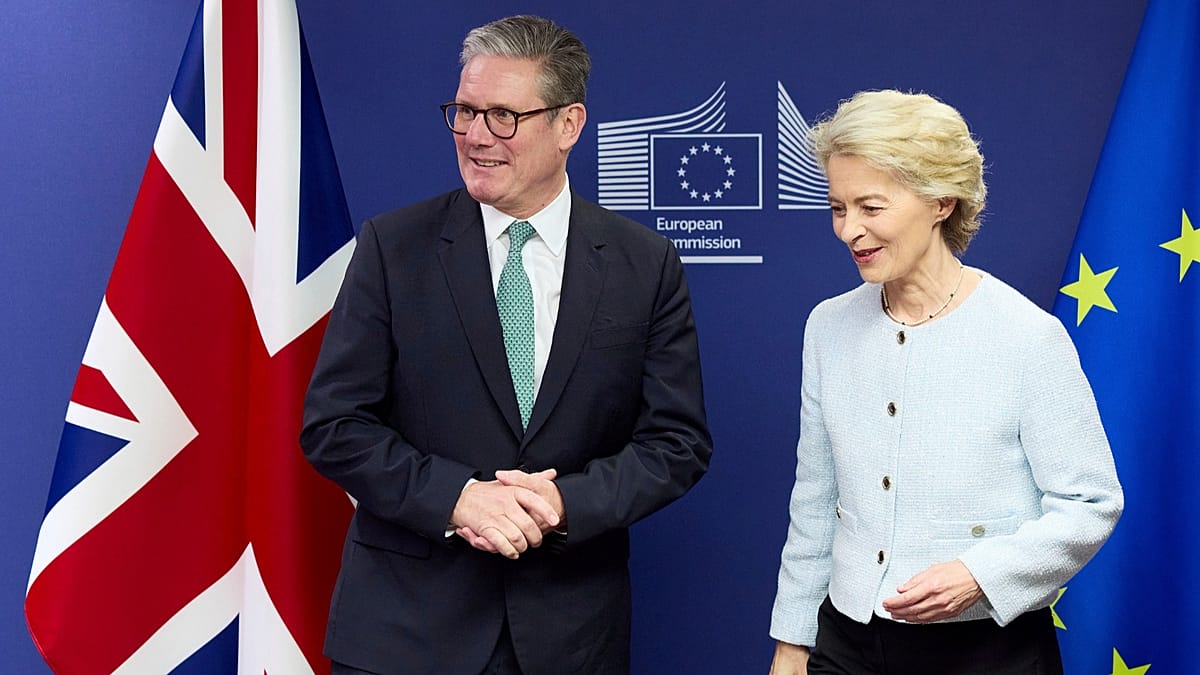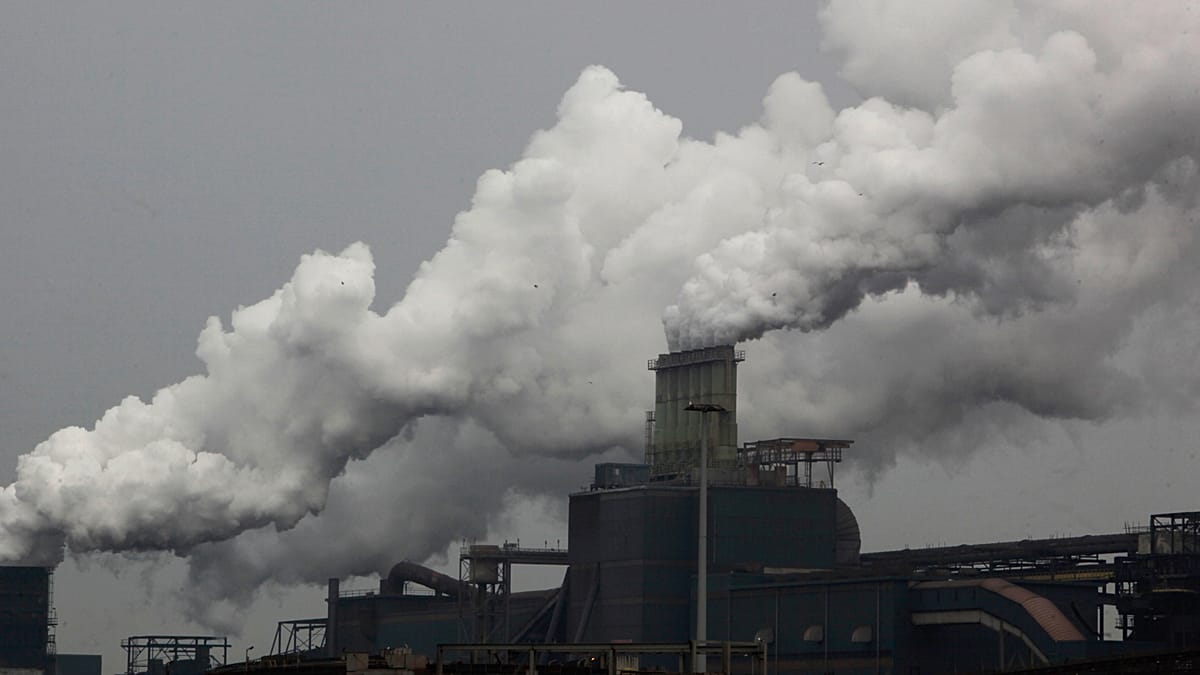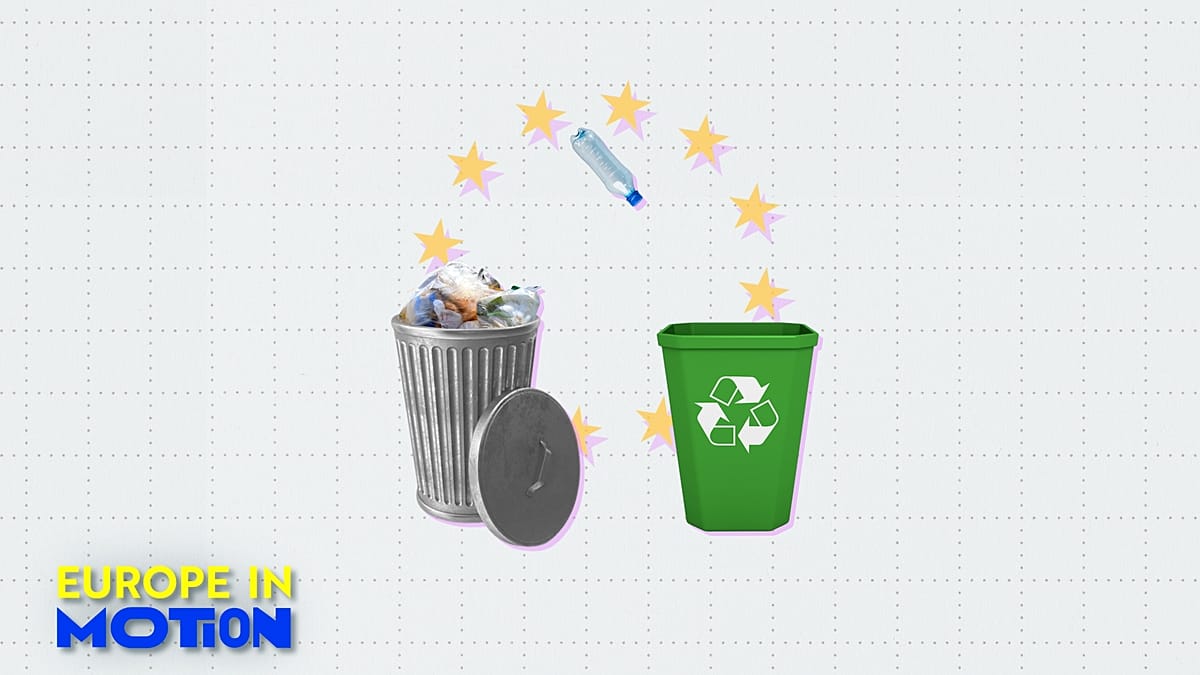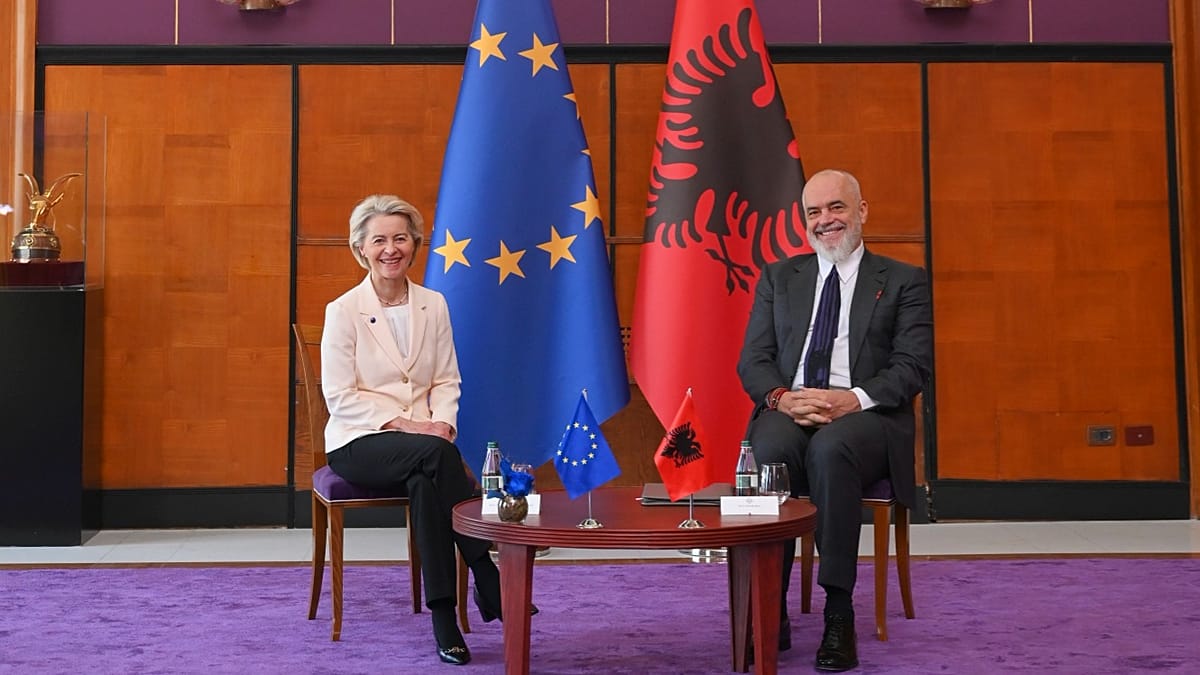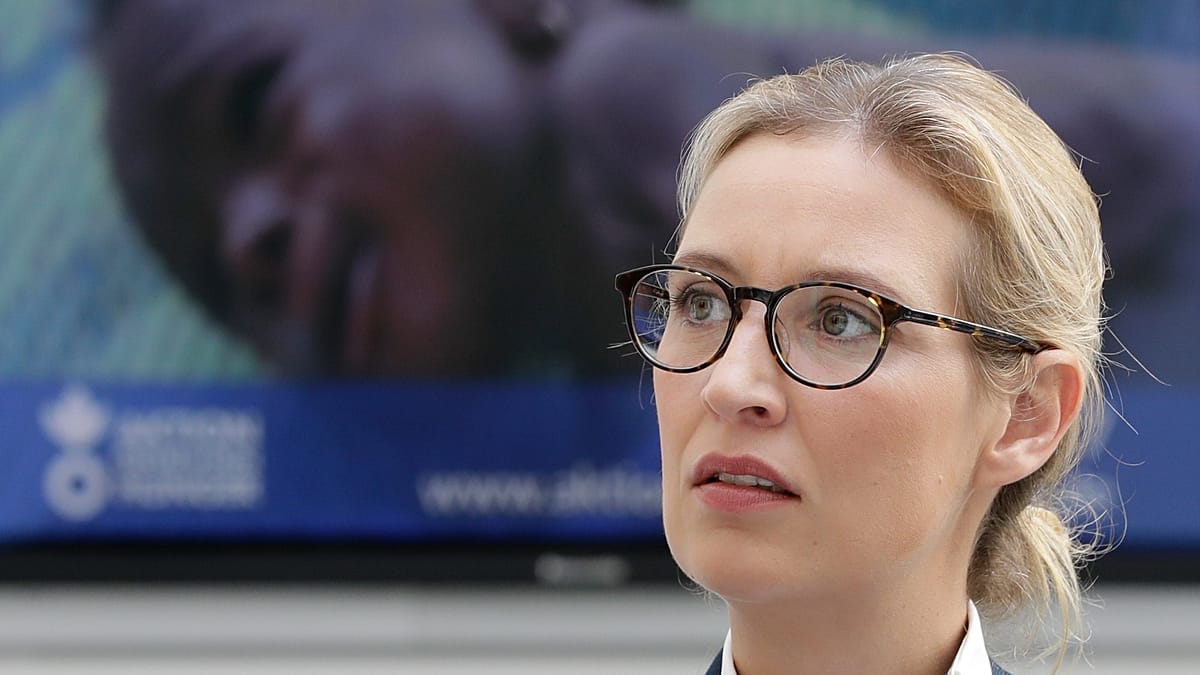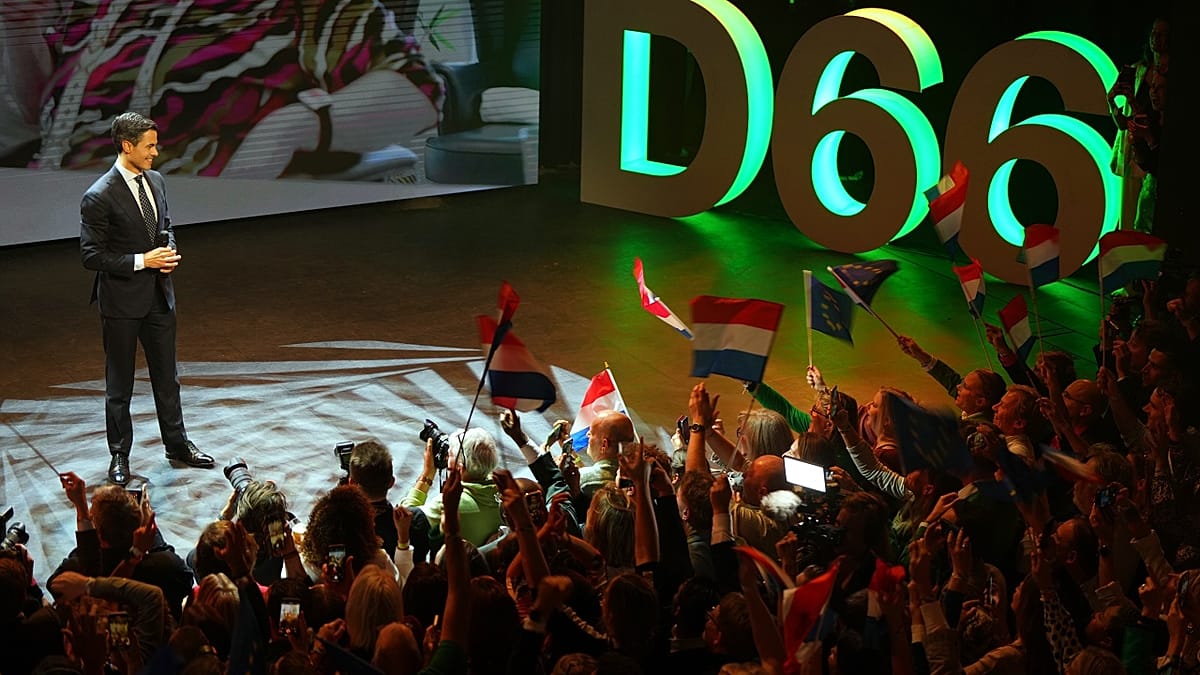The clock is ticking fast for the European Union to find a way to support Ukraine’s financial and military commitments before the flow of foreign assistance, severely impacted by the Trump administration’s pullback, runs out.
The stakes could not be higher: President Volodymyr Zelenskyy has said his country will need funding from the “very beginning” of next year.
“I don’t know if it’s possible. Not everything depends on us,” Zelenskyy said.
Last week, Belgium held up a groundbreaking plan to use the immobilised assets of the Russian Central Bank and issue a €140 billion loan to Kyiv. As the prime holder of the assets, Belgium worries it could be left alone against Moscow’s retaliation and demands bulletproof guarantees to ensure total solidarity between member states.
While the principle of reparations loan has received broad backing from most capitals, it remains unclear if the EU will be able to convince Belgian Prime Minister Bart De Wever by the time leaders meet again in December for a make-or-break summit.
The European Commission is expected to present an options paper in the coming weeks, laying out the possible alternatives to the reparations loan, from best to worst.
Here’s what the much-anticipated paper might (or not) include.
The original reparations loan
Despite the raft of questions and concerns raised by the Belgian government, the Commission is inclined to stick to its original idea: the reparations loan.
Under the tentative scheme, Euroclear, a central securities depository in Brussels, would transfer the immobilised Russian assets to the Commission, which would then use the funds to issue the reparations loan to Ukraine. An envelop amounting to €140 billion euros to be disbursed gradually over time and subject to conditions.
Ukraine would be asked to repay the loan only after Russia agrees to compensate for the damages caused. Afterwards, the Commission would repay Euroclear, and Euroclear would repay Russia, completing the circle and, in theory, avoiding confiscation.
Earlier this week, Ursula von der Leyen admitted the plan is “not trivial” but insisted it is “legally sound” and all outstanding questions can be resolved.
Privately, Commission officials say the precarious state of national budgets will ultimately prove the most powerful argument in favour of the bold solution.
“For me, there is no alternative to the reparations loan,” said Danish Prime Minister Mette Frederiksen, standing by von der Leyen’s side.
“It’s the only way forward, and I really like the idea that Russia pays for the damages they have they have done and committed in Ukraine.”
An expanded reparations loan
One of the most repeated complaints from Belgium is the fact that the Commission’s plan is exclusively based on the assets held at Euroclear, approximately €185 billion. (The EU would have to put aside €45 billion to cover an ongoing G7 credit line backed by windfall profits, which would cease to exist.)
And yet, for the past three years, the Commission has publicly said that the Russian Central Bank assets immobilised across EU soil are worth roughly €210 billion.
This means that there could be €25 billion, give or take, unaccounted for.
“The fattest chicken is in Belgium, but there are other chickens around,” De Wever said after the inconclusive summit. “Nobody ever talks about this.”
The Commission has so far refused to disclose the location of the other assets.
According to a recent study by the European Parliament’s research service, France holds about €19 billion – in line with the €22.8 billion reported at the start of the full-scale invasion – and Luxembourg some €10 billion to €20 billion.
Both countries initially raised concerns about the reparations loan, too.
In a joint statement to Euronews, the finance and foreign affairs ministers of Luxembourg provided a drastically different number. “The amount of assets of the Central Bank of Russia currently immobilised in Luxembourg is below €10,000,” they said.
The Commission could search for the remaining assets on EU soil and add them to its proposal, thereby addressing one of Belgium’s key grievances. But if the assets are kept in private accounts, the principle of bank secrecy could complicate the task.
All combined, they would still be significantly less than the sum held in Belgium, which would remain the centrepiece of the proposal.
The UK, Canada and Japan also hold shares of the Russian sovereign assets, but since they are not under EU jurisdiction, the Commission is not entitled to pool them.
Joint debt, without the assets
If the Belgians double down on their rejection, the Commission’s loan plan will crumble, and they will have to raise funding somewhere else. One option is the financial markets.
The Commission could issue fresh debt on behalf of all member states to back a new loan for Ukraine. This was done in the first years of the war to set up programmes of Macro-Financial Assistance (MFA), which Kyiv will have to repay at some point.
But burdening Ukraine, a country under invasion that faces colossal reconstruction costs, with another pay-me-back loan might seem counterproductive.
Alternatively, the Commission could issue joint debt to dole out grants or, in other words, donations. In this scenario, the financial burden would fall on member states themselves, a prospect hard to swallow for many cash-strapped capitals with little fiscal room.
“If Europe wants to create money, it can create money. This is called debt,” De Wever said. “But, of course, this is also a very sensitive topic.”
Bilateral agreements
If action at an EU level failed to materialise, country-to-country agreements may be an option – and it would not be new either.
Since the start of the full-scale invasion, member states have provided aid to Ukraine on a strictly bilateral basis. This has helped bypass Hungary’s veto on military assistance, but it has also caused vast divergences among capitals.
According to the Kiel Institute, Germany (€17.7 billion), Denmark (€9.2 billion), the Netherlands (€8 billion) and Sweden (€7.1 billion) are leading suppliers of weapons and ammunition to Ukraine. By contrast, nations like Italy and Spain lag considerably behind, despite their considerable economic size.
A similar dynamic could be replicated to continue support for Ukraine in the years ahead, covering both budgetary and military needs. The Commission could act as the coordinator to ensure coherence among all the different envelopes.
The model, however, comes with important disadvantages as it would be highly vulnerable to electoral cycles. A newly installed prime minister could decide to reduce or terminate aid, forcing other member states to step up and offset the interruption.
This is why the Commission prefers to provide a solution at the EU level that will be shielded against political volatility. That logic inspired the creation in 2024 of the Ukraine Facility, a special budget instrument worth €50 billion.
Crucially, the Facility has only €18 billion left – much less than the close to €60 billion in external aid that Kyiv’s budget will need for 2026-2027.
An interim loan
While the December summit is framed as decision time for leaders, Belgium (or another member state) could request additional time to debate the options. When asked by Euronews if December was seen as the “absolute deadline” following last week’s summit, Ursula von der Leyen did not commit to a date.
If no decision is taken and the issue runs into next year, the EU could settle for a bridge solution: a smaller loan covering Ukraine’s most urgent needs for six months.
This loan would act as a financial band-aid while discussions on the sovereign assets continue at the highest level. It could be an easier sell for governments worried about taxpayers’ backlash, but it would just kick the can down the road.
Ultimately, leaders will have to make a decision on what constitutes an unprecedented financial operation.

